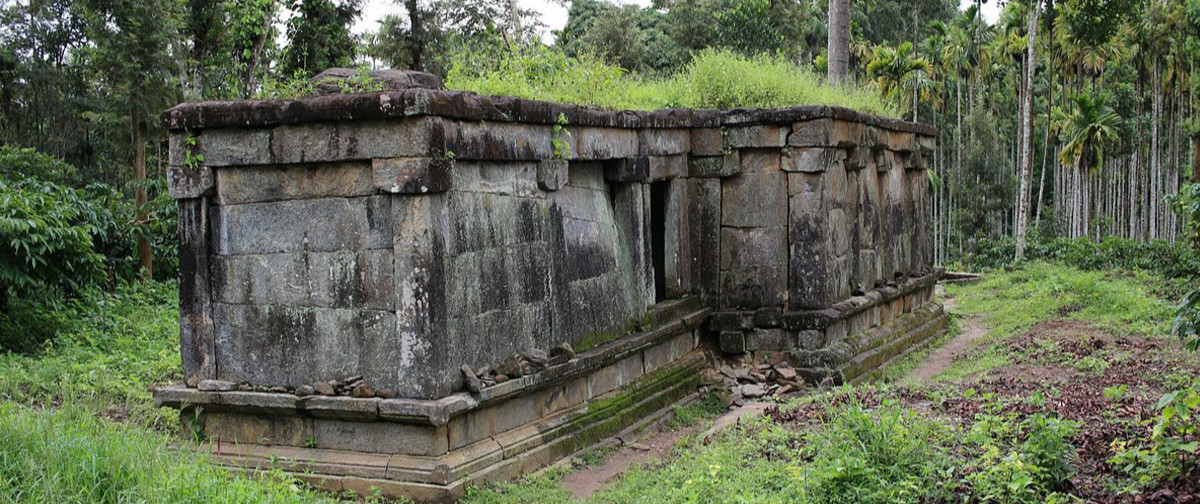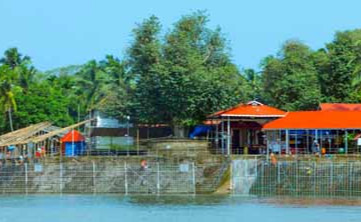Hello!
Jain Temple

The Jain Temple at Sultan Bathery is believed to have been built in the 13th century AD. The temple has an interesting history. It first served as a shrine, and then became an important center of commercial activity. Later in the 18th century, it became a dumping ground of ammunition by Tipu Sultan. The town of Sulthan Bathery was earlier known as Ganapathi Vattam and had 12 traditional Jain streets in and around the town. After Tipu's vandalism, the temple was deserted for about 150 years. Later the Archaeological Survey of India took over the maintenance and declared it a monument of national importance.
The courtyard is well laid with lawns and ornamental plants now.
The architecture of the temple has strong influences of the then Vijayanagar architectural style. It was built with large granite pillars that are extensively carved. The temple is mostly plain from outside with few nice carvings in the inner section. There is a detached pillared mandapam on the front side of the temple without roof which is known as Namaskara mandapam. The main structure has a mukha mandapa followed by maha mandapa and the sanctum.
Getting there
Nearest railway station: Calicut Railway Station, about 97 km
Nearest airport: Calicut International Airport, about 109 km
Google map coordinates: M762+37 Sultan Bathery, Kerala









